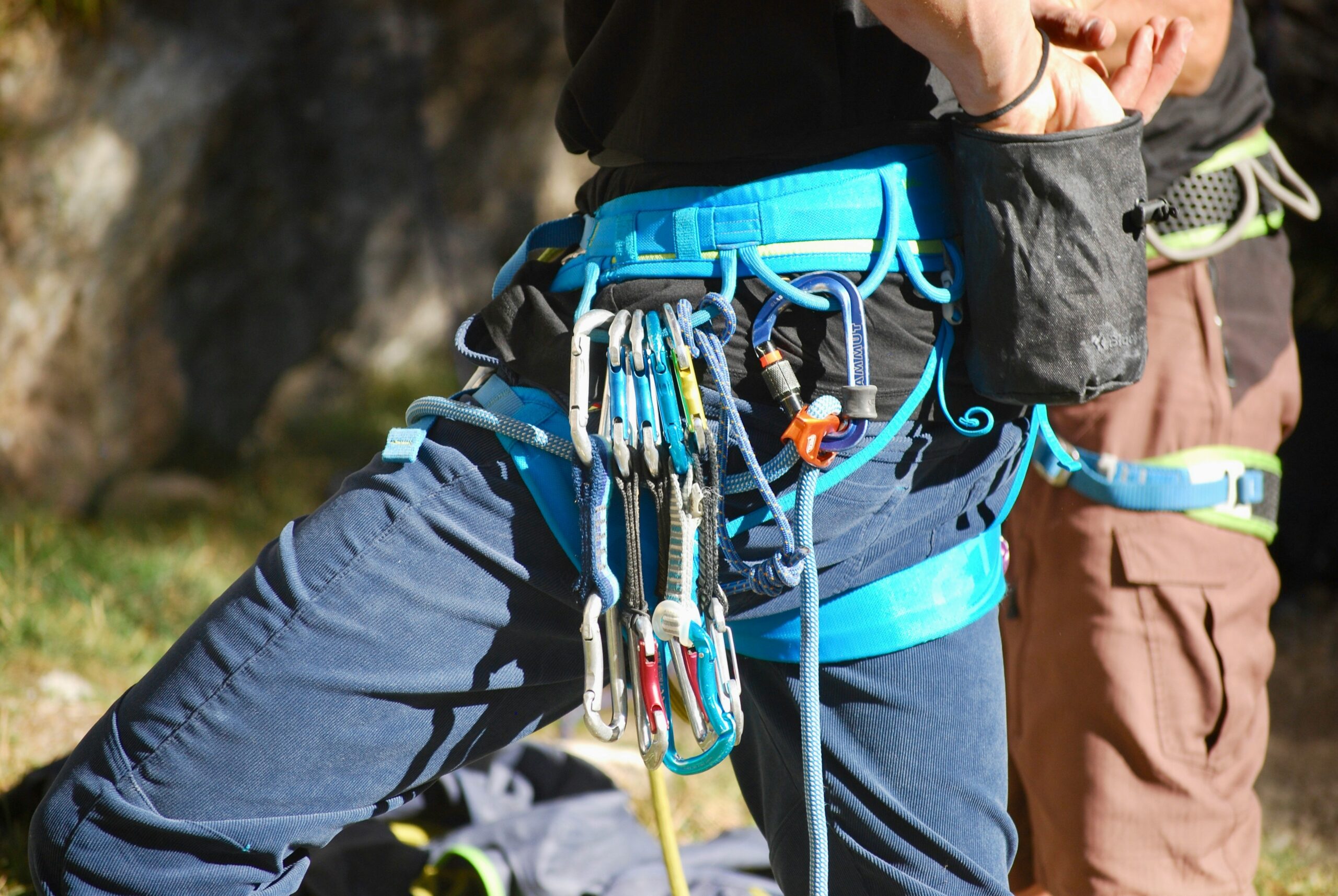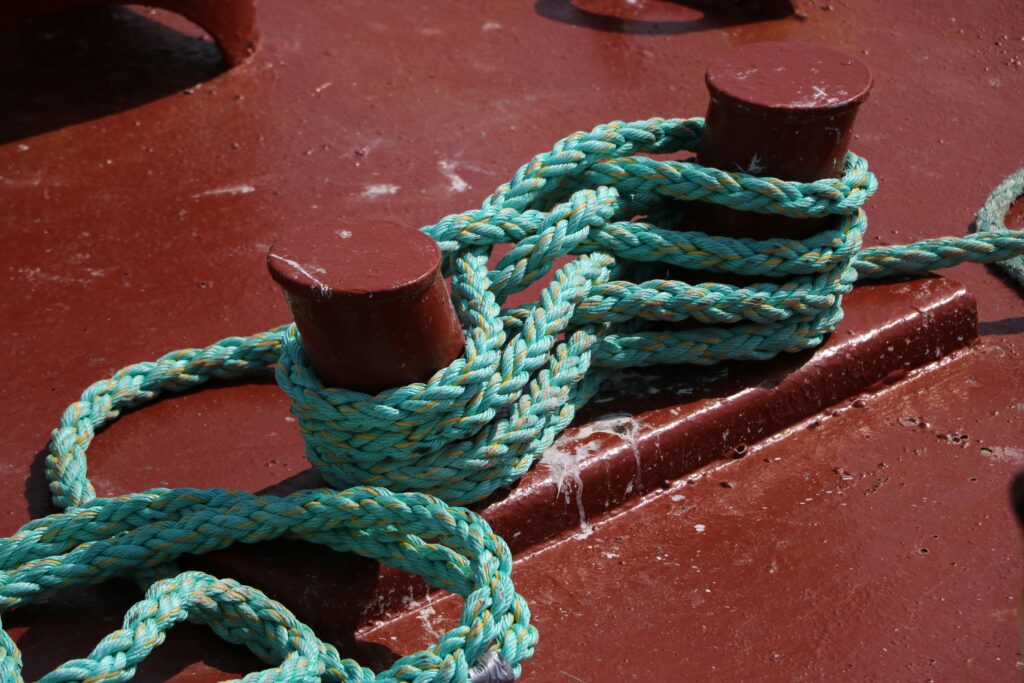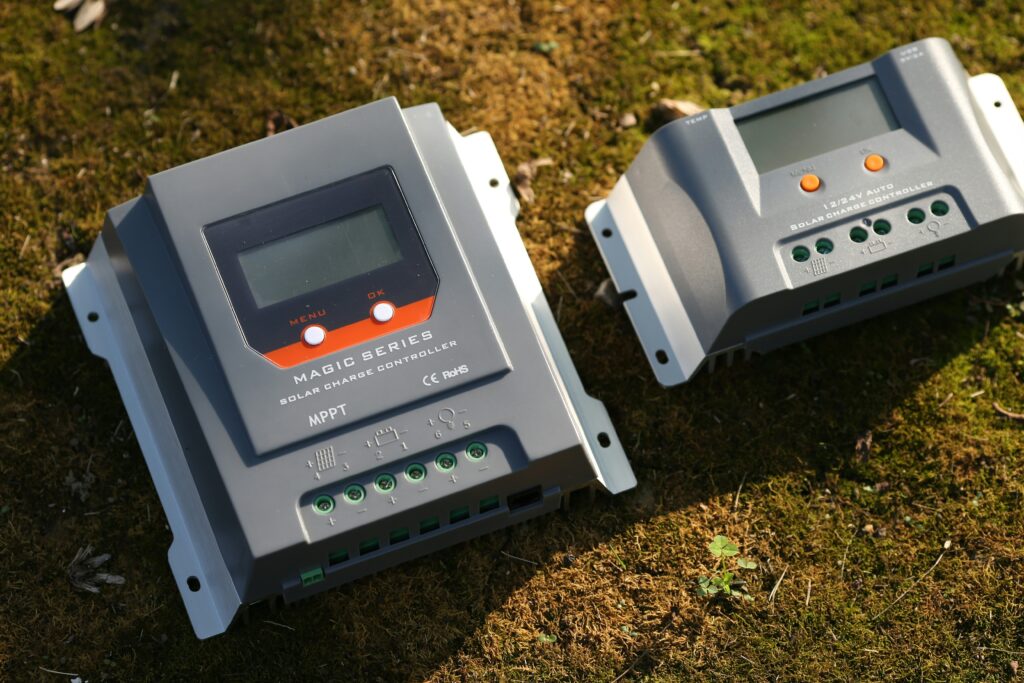Ever had the sudden realization halfway up a cliff that your climbing safety harness might not be as secure as you thought? Yeah, we’ve been there. One slip-up with your harness, and it’s not just your climb that’s ruined—it’s potentially everything. Today, we’re diving deep into why choosing the right climbing safety harness is absolutely non-negotiable, how to pick one without losing your mind, and some insider tips from mistakes we *definitely* don’t want you to repeat.
In this post, we’ll unpack:
- Why the wrong harness can turn your adventure sour fast.
- A step-by-step guide to finding the perfect climbing safety harness.
- Bonus pro tips for climbers who value both comfort and durability.
Table of Contents
- Key Takeaways
- The Problem With Picking the Wrong Harness
- Step-by-Step Guide to Choosing Your Climbing Safety Harness
- Tips for Using Your Harness Like a Pro
- Case Study: How the Right Harness Saved a Beginner
- FAQs About Climbing Safety Harnesses
- Conclusion: Don’t Gamble on Your Harness
Key Takeaways
- Your climbing safety harness is more than gear—it’s your lifeline.
- The best harness balances comfort, weight, and safety certifications.
- Avoid skimping on quality; cheaper harnesses often mean bigger risks.
- Always double-check fit and adjustability before committing to a purchase.
The Problem With Picking the Wrong Harness
Confession time: On my second-ever outdoor climb, I borrowed an old harness someone assured me was “good enough.” Halfway up, I felt the straps digging into my thighs like angry piranhas. By the end of the day, I couldn’t sit down without wincing—and trust me, no one wants to relive THAT at dinner after climbing. The moral? A bad harness doesn’t just hurt—it distracts you, drains your energy, and puts you in serious danger.
Let’s get real here. The National Safety Council reports over 40,000 climbing-related injuries each year. While most aren’t fatal, many stem from poor equipment choices—including subpar harnesses. Think about this: When every ounce of focus matters miles above ground, do you really want your attention split between gripping a rock wall and readjusting your slipping waistbelt?
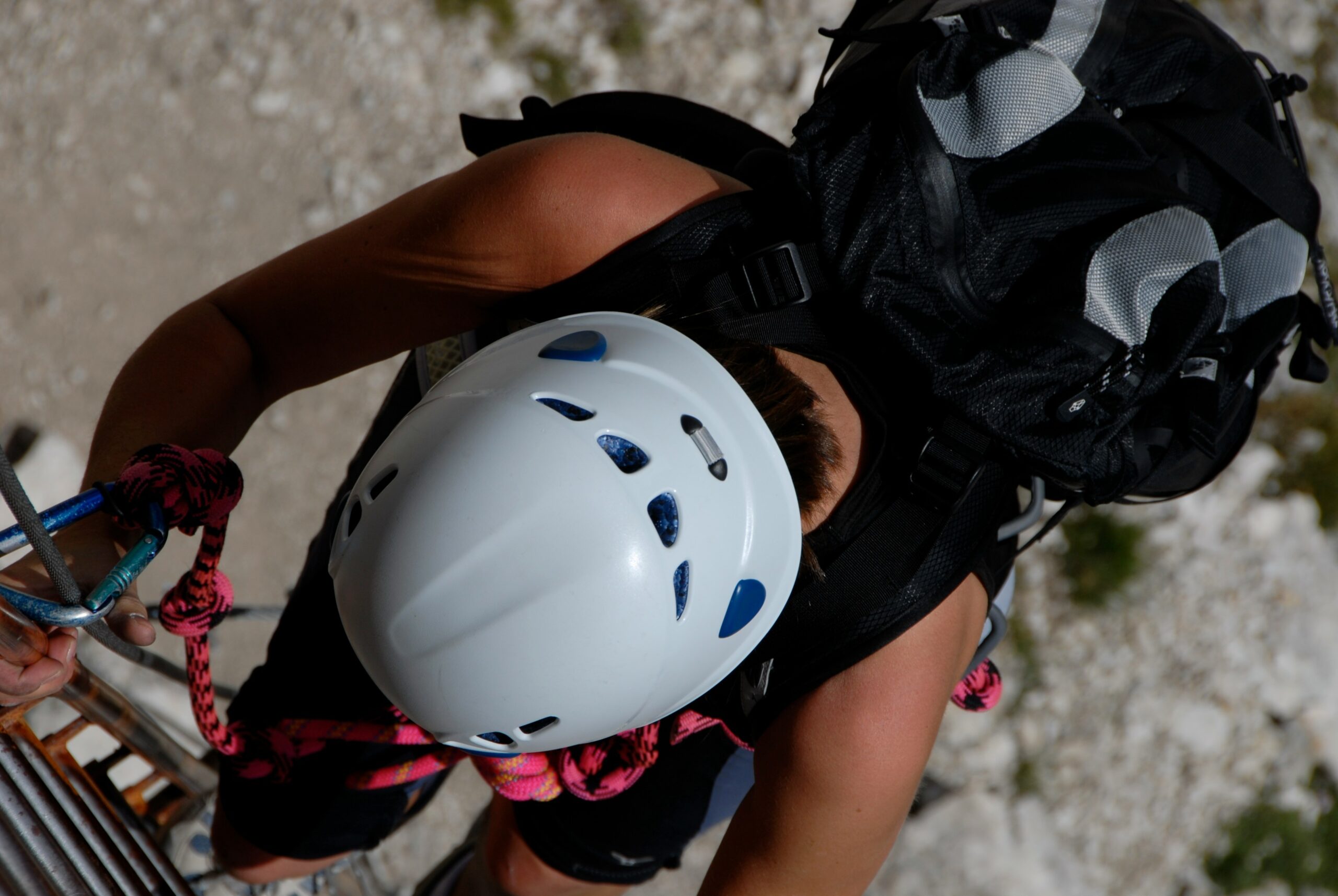
Step-by-Step Guide to Choosing Your Climbing Safety Harness
Optimist You:* “There are so many cool options out there!”
Grumpy You: “Yeah, until you realize half those slick-looking harnesses won’t even hold you properly.”
Step 1: Understand Your Needs
Are you bouldering or sport climbing? Multi-pitch adventures call for different features compared to short single-pitch routes. Make a list of what’s non-negotiable based on your climbing style.
Step 2: Check Certifications
Look for UIAA or CE-certified models. These standards ensure the harness has passed rigorous safety tests. Skip anything uncertified—it’s gambling with physics.
Step 3: Test Fit & Adjustability
Tightness matters. Try sitting in the harness while wearing layers. Can you move comfortably? Are the buckles easy to tighten but secure once locked? This isn’t fashion—it’s survival.
Step 4: Consider Weight vs Comfort
Lighter isn’t always better. Ultralight harnesses may sacrifice padding. For long climbs, go for moderate weight and plush leg loops—it’s worth it.
Tips for Using Your Harness Like a Pro
- Inspect Regularly: Look for fraying threads, stretched webbing, or loose stitches. Even small issues compromise integrity.
- Clean It Properly: Hand wash only with mild soap. Avoid harsh detergents—they wreck materials faster than you think.
- Pack Smart: Never cram your harness into a tight space where hardware could damage fibers.
- Don’t Cheap Out: Terrible tip alert—yes, budget harnesses exist, but they’re ticking time bombs. Spend wisely.
Case Study: How the Right Harness Saved a Beginner
Jamie, a novice climber, bought a top-tier harness recommended by their instructor. Two months later, during a challenging multi-pitch route, Jamie slipped near the summit. Thanks to the reinforced construction and auto-locking buckles, the fall didn’t result in any injury beyond bruised pride. Jamie swears by their setup now—”No way I’d trade that peace of mind for ‘saving’ $50 upfront.”
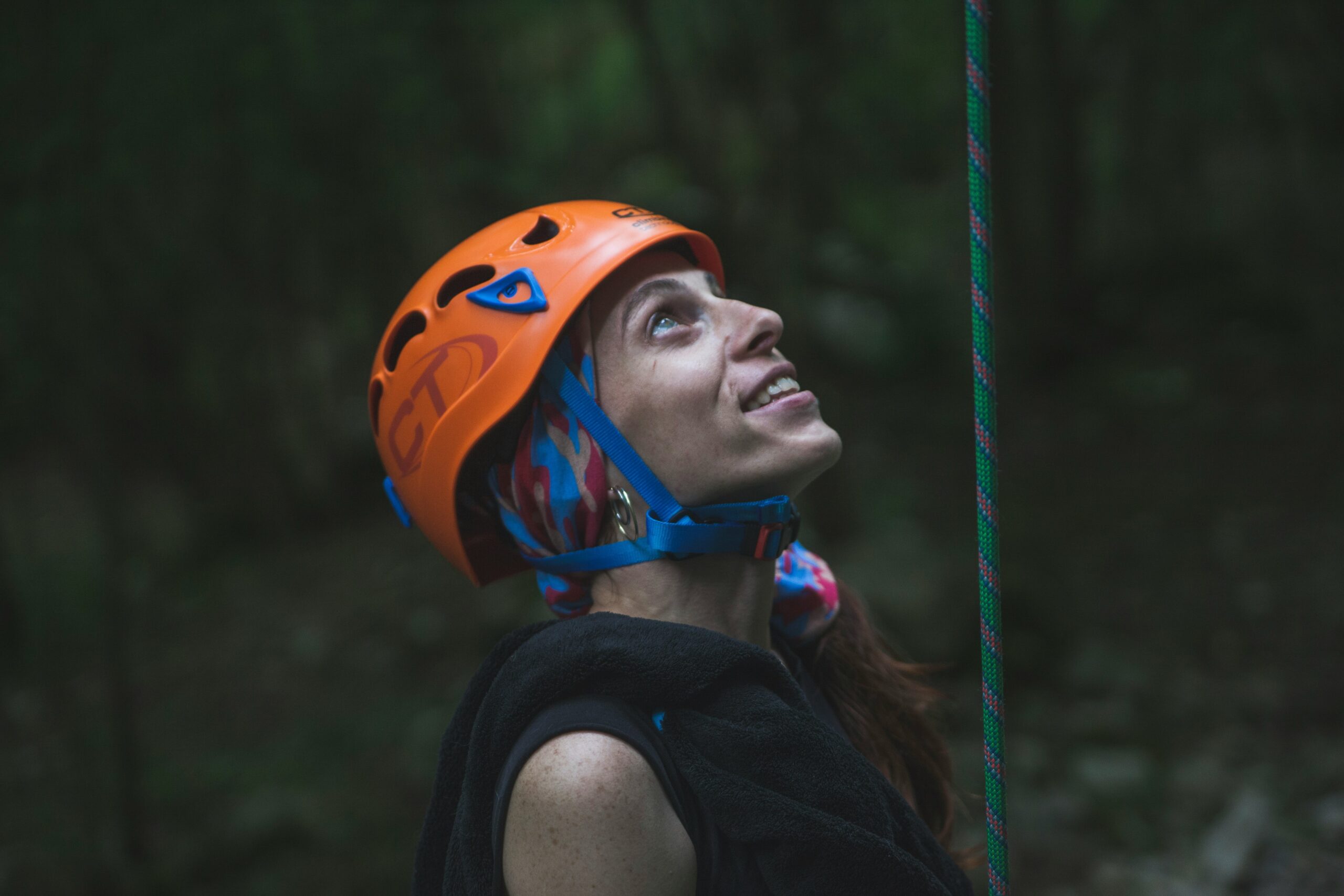
FAQs About Climbing Safety Harnesses
Q: How often should I replace my climbing harness?
A: Every 5 years max—even if it still looks fine. UV exposure and regular use degrade materials invisibly.
Q: What size should I choose?
A: Go off the manufacturer’s sizing chart, but try it on first. Everyone’s body shape is unique.
Q: Is extra padding worth it?
A: Absolutely. Comfort impacts performance, especially on long climbs. Sacrificing padding for minimalism usually backfires.
Conclusion: Don’t Gamble on Your Harness
Your climbing safety harness isn’t just another piece of gear—it’s literally holding your life together when gravity decides otherwise. From understanding fit to prioritizing certifications, every detail matters. Remember Jamie’s story next time you’re tempted to cut corners.
So, Optimist You says, “Gear up, stay safe, and crush that climb!” Grumpy You adds, “Just promise me you’ll bring snacks.”
And hey, keep your SEO game strong like a Tamagotchi—always nurture it daily or risk extinction!
